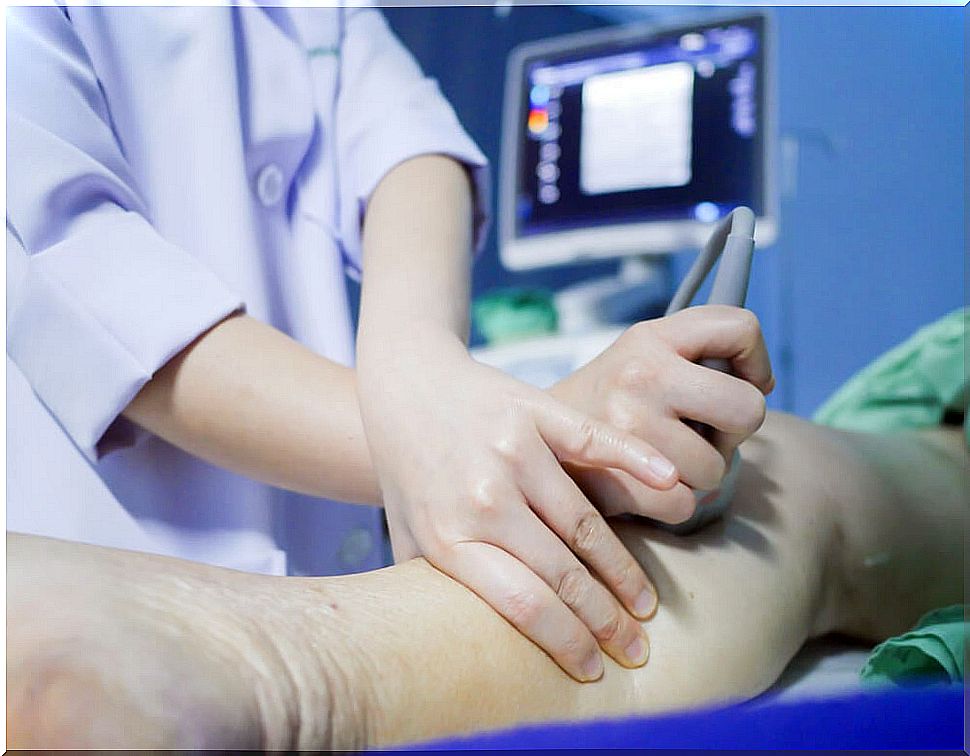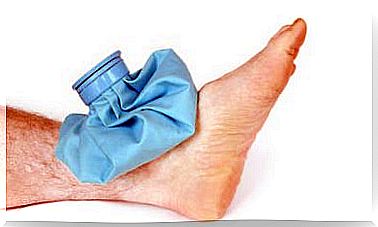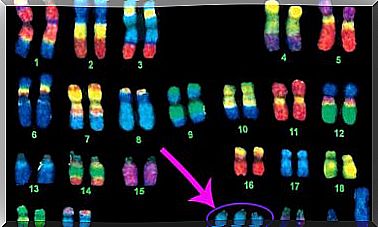This Is How Anticoagulants Work
Anticoagulants, as their name suggests, are medications that are used to prevent blood clotting. This is a physiological process that, in a normal way, helps us to stop any bleeding or hemorrhage.
However, the formation of a clot is not always beneficial. When the blood has a greater tendency to clot, there is a risk that a blood vessel will become clogged and the flow will be obstructed.
There are many pathologies that are related to this hypercoagulable state. Therefore, these drugs are one of the basic pillars of treatment. Some examples are the following:
- Myocardial infarctions.
- Venous thromboembolism.
- Strokes.
The truth is that the coagulation process is complex. Anticoagulants can act in different ways in our body. In this article we will explain everything you need to know about them.
What are they used for?
As we have mentioned, anticoagulants prevent the formation of clots or help them dissolve if they have already formed. Their main goal is to prevent embolism and thrombosis.

The term thrombosis is used to refer to a clot that blocks a blood vessel. It can be a vein or an artery. The problem is that when this happens, the blood flow cannot continue and the tissue is damaged. For example, it is what can happen in a myocardial infarction due to a blockage of the coronary arteries.
An embolism is when a clot forms anywhere in the body but breaks loose and eventually clogs a vessel elsewhere in the body. In this case, one of the most typical pathologies is pulmonary thromboembolism. This clot usually forms in the legs and travels to the vessels of the lung. Because they are narrower, the clot blocks them.
Anticoagulants are used to prevent these processes in people who have a certain predisposition or history of other episodes. For example, they are essential in the treatment of atrial fibrillation. In this pathology there is a greater tendency for clots to form.
What types of blood thinners are there?
These drugs can act at different points in the clotting process. We are going to explain the most used: they are heparins and oral anticoagulants, such as acenocoumarol, also known as sintrom.
First we must know that, for clotting to take place, there needs to be vitamin K. In the same way, a number of factors, called clotting factors, must be activated. One of the most important as a therapeutic target is thrombin.
Oral anticoagulants
Oral anticoagulants prevent the action of vitamin K. They are the most used for prolonged use; for example, in atrial fibrillation, in people who wear heart valve prostheses, and so on.
What we must emphasize is that these drugs require a fairly strict control. Also, they can interact with many other medications. Therefore, doctors should always be aware of these types of treatments.
Heparin
Heparin is a drug that inhibits thrombin, the factor we mentioned earlier. There are two main types of heparins: low molecular weight and unfractionated. The main difference between the two is the size of their molecules.
This is important because it determines how the medicine is administered. Thus, low molecular weight heparins can be injected under the skin. However, unfractionated heparins must be used intravenously.
These anticoagulants are used, among other things, when a person must be immobilized for a long time; for example, when someone breaks a leg. This is because immobilization stimulates clot formation.
Blood thinners save lives
What we must remember is that anticoagulants are essential to prevent many diseases, such as heart attacks. They are also very useful in immobilization situations.
However, they are not simple medications, so it is important to consult any questions with your doctor when taking them. The specialist must monitor and follow the treatment to avoid unwanted complications.









